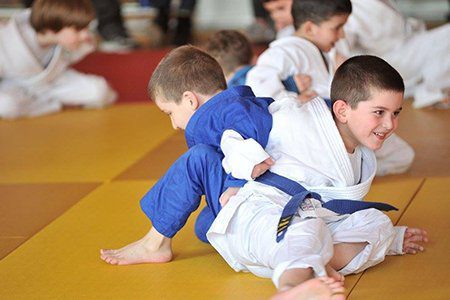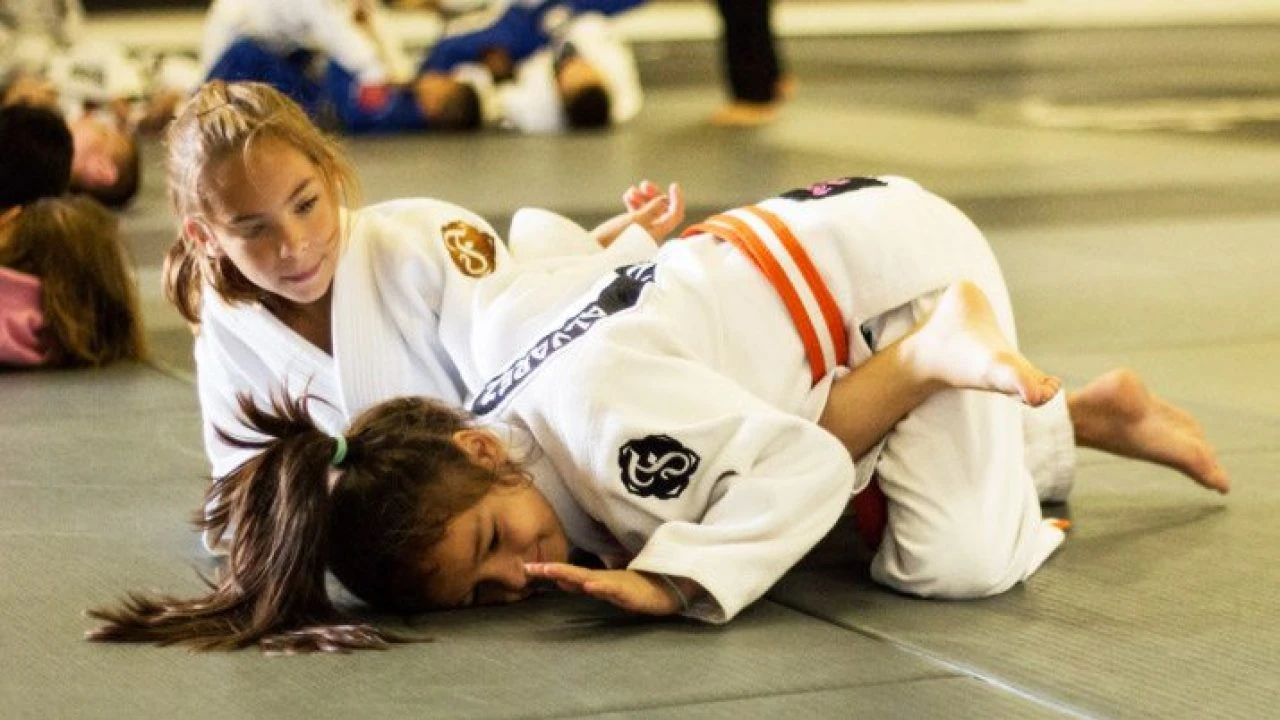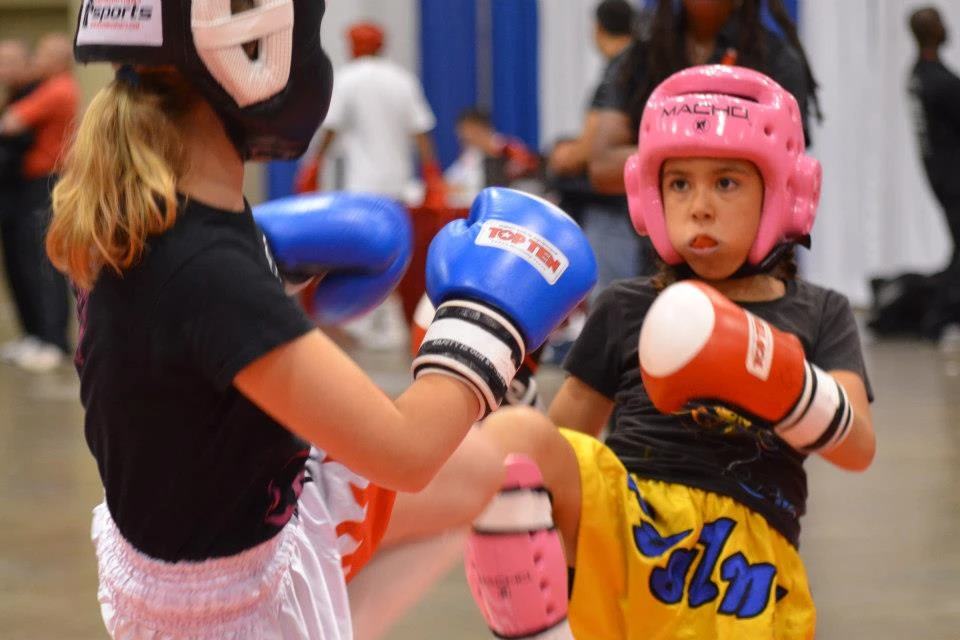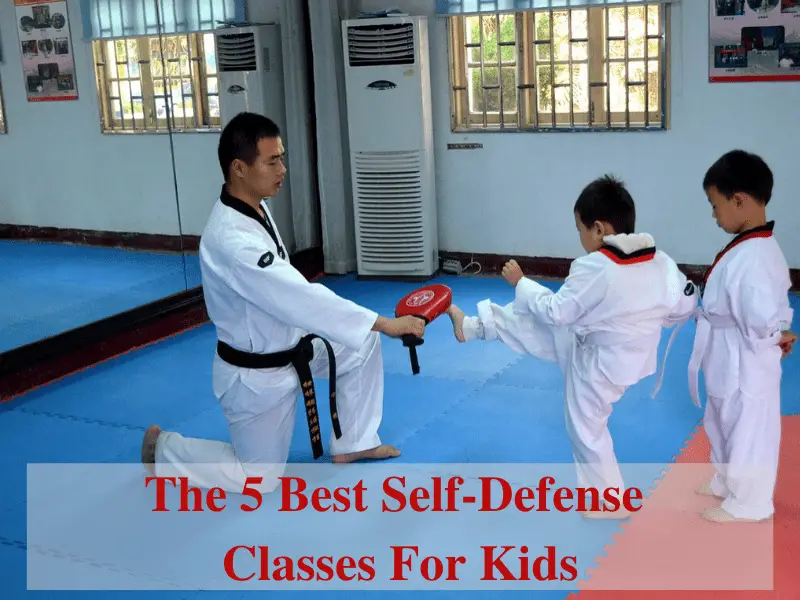Children learning about self-discipline and engaging in physical activities is better than being a couch potato. Martial arts is one of the many physical activities that are great for kids to burn their endless supply of energy. It’s not just the perfect skill to avoid being bullied but also it helps them prevent violence and only do any physical contact when necessary (whether you agree or not, as a parent, you can’t always be there to protect your kids).
Another burning question parents might think is - what are the best self-defense classes for kids? Are these martial arts safe? How do I know if my kids are ready to learn martial arts? We’ll tackle them one by one below!
Learning Martial Arts – Are They Good For Kids?
Is Your Kid Ready to Learn Martial Arts?
Safety Concerns with Martial Arts Classes
How to Choose the Best Martial Art For Kids
The 5 Best Martial Arts For Kids
Learning Martial Arts - Are They Good For Kids?
Although martial arts provide a lot of benefits for kids, some parents worry they’re inappropriate for their children at a young age. While it’s true that teaching them martial arts could have pros and cons, it is important to consider both sides so that you, as a parent, could decide what’s best for your kids.
Let’s go over the pros first:
Martial arts promote physical fitness
When you were young, do you ever remember getting tired easily after playing?
The fact is that the younger you are, the more energy you have for exercise. Children seem to have an endless source of energy, so why not let them engage in martial arts? It’s a great way to help them become physically fit, avoid boredom, and enjoy learning new skills for self-defense.
Plus, it might wear them out so they don’t act so wild at home!
Martial arts teach self-discipline
Martial arts teach social skills, respect, and confidence
Martial arts teach kids how to avoid violence
Martial arts teach focus, courtesy, and memory
When children are exposed to martial arts classes at an early age, it’s likely they will remember the skills their whole lives. Children easily learn something new and absorb information like sponges (unlike adults) until it becomes an instinct. Martial arts help them improve their focus and memory so that they can control their emotions during stressful situations.
On the other hand, there are also cons when not taught correctly. These are:
Martial arts might promote false sense of security
Learning how to defend themselves might make children think that they are invincible. They may overestimate their strength and skills and think that it’s okay to start a fight with a bad guy since they know a little bit of karate.
Teaching self-defense must not lead to children thinking that they are not vulnerable.
Martial arts might promote fear
Children might become violent to others
Is Your Kid Ready to Learn Martial Arts?
On average, most martial arts classes would allow children between the age of 8 to 10 years to attend their classes. However, it really depends on which school you choose. Some schools can cater to preschoolers or even beginners class for young kids so that they can start some basic moves appropriate for their age.
If your kids show an early interest, don’t be afraid to look for classes in your area that are designed for a very young age. Schools will evaluate your kid and decide whether your child is ready or not, and which martial art class is the best fit for them.
Safety Concerns With Martial Arts Classes
While it’s true that children can experience injuries when attending martial arts (or any other kinds of sport), most classes will teach techniques, such as how to fall and roll, to lessen the chances of getting injured. Protective gear (such as mouth guards, helmets, shin guards, and padded gloves), as well as mats, are also provided to avoid hard impacts.
Many classes will use pads to strike instead of sparring with other kids until their skills develop more. Other classes that teach young kids some basic skills avoid contact at all to avoid injuries. So, you should be able to find the level that’s appropriate for your kids.
If you have doubts about your child’s bruises (or symptoms of concussions), then never hesitate to have them checked by a doctor.
How to Choose the Best Martial Art For Kids
It Should Teach Self-Defense
It Should Help Minimize Harm
It Should Include Simulated Fighting
The 5 Best Martial Arts for Kids
Judo

Best Feature: Judo focuses less on strikes and more on self-defense
What They’ll Learn: Self defense, even if you’re smaller or weaker
Judo is one of the best martial arts for kids to learn because it focuses less on strikes and punching, unlike other forms of self-defense. Judo teaches kids how to defend themselves without the need to be bigger or stronger than their opponents. The technique focuses on using the attacker’s weight and strength against himself.
Many times, bullies (or bad guys in general) can be bigger than your children. Using their Judo skills they can defend themselves without the need to be stronger or bigger. Judo teaches kids how to throw their attackers off balance and get away from counter attacks instead of being offensive.
Brazilian Jiu-Jitsu

Best Feature: Uses the attacker’s strength and weight to put him down
What They’ll Learn: Stand-up maneuvers, ground techniques, and how to gain a better position than their opponents
The Brazilian Jiu-Jitsu is similar to Judo. Instead of being offensive, this martial art technique focuses on teaching kids about stand-up maneuvers, ground techniques, and how to gain a better position than their opponents, Jiu-Jitsu uses the attacker’s own strength and weight to knock him off balance, making it the ideal martial art to teach a smaller person who wants to defend himself against a bigger adversary.
You want your kids to learn how to protect themselves on the ground when confrontations cannot be avoided. If this is the case, then the Brazilian Jiu-Jitsu is the best self-defense class you can enrol your child in. However, if you want your kid to learn the offensive techniques, then this martial art may not be the ideal one.
Karate

Best Feature: Self-defense without weapons
What They’ll Learn: Striking techniques using the hand and feet
Karate is probably the one of the oldest martial arts in the world. It dates back to the 1300s and teaches students how to defend themselves without any weapons. Karate focuses only on the full body workout which makes it a great choice of martial art if you want to be fit. Students are also trained with karate as a way of life and how to focus on oneself instead of the opponent.
This discipline is suited for kids interested in learning striking techniques with the hands and feet. Philosophical teachings focus on leading a happy and balanced life, with activity being a primary area of concentration. Breaking boards and forms are major elements used during training.
Muay Thai

Best Feature: Uses sweeps, knees, throws, clinch, and elbows for self-defense
What They’ll Learn: Self-control in hitting the attacker without inflicting serious damage, mental toughness
Muay Thai is a Thai kickboxing martial art that uses sweeps, knees, throws, clinch, and elbows, making it known as “the art of eight limbs.”
With Muay Thai, your kids will learn self-control by hitting their opponents lightly but intentionally. This form of martial art promotes mental toughness and physical fitness for body conditioning so it may not be for everyone. Moreover, it doesn’t have a ranking or belting system (unlike the Taekwondo). But it does help your child set his personal goals at his own pace and, most importantly, be able to defend himself more effectively when the situation calls for it without inflicting serious damage to the attacker.
For example, the shin kick to a stomach or legs is a painful and effective attack to the bully while minimizing harm to the attacker (when done a limited number of times).
Mixed Martial Arts (MMA)

Best Feature: Combination of different martial art techniques
What They’ll Learn: Striking and grappling, making it an overall self-defense
The MMA or mixed martial arts is a combination of different martial arts, providing the discipline and overall self-defense techniques for your kids. This is a popular martial art in the US because of the UFC as well as its combination of many martial art types and techniques.
It combines the most effective techniques from each martial art for the situations that they’re most effective for.
Under the guidance of their trainers, your child can develop confidence and discipline with continued practice. However, to be successful in this class the child has to be good both at striking and grappling to take down his opponent.
Wrapping It Up
Hi, I’m Christy, and I’m an electronics engineer by profession. I have taught in a university for 2 years while pursuing my master’s degree in cognitive radio and worked for a company to develop wireless medical devices. Currently, I’m doing research for a doctorate degree in engineering using a wireless sensor network for smart agriculture. I’ve been active in our local IoT community, IoT Cebu, where I participate in conducting talks about Arduino, Raspberry Pi, and DIY home automation using Wi-Fi and ZigBee devices.

